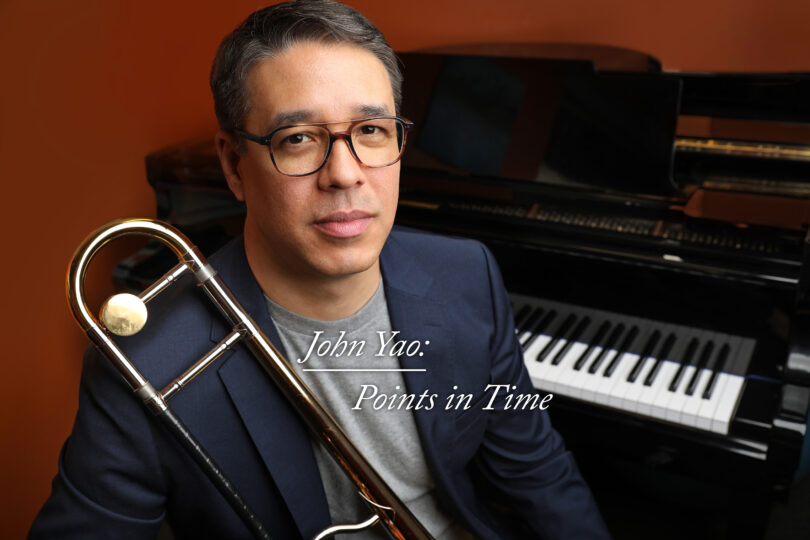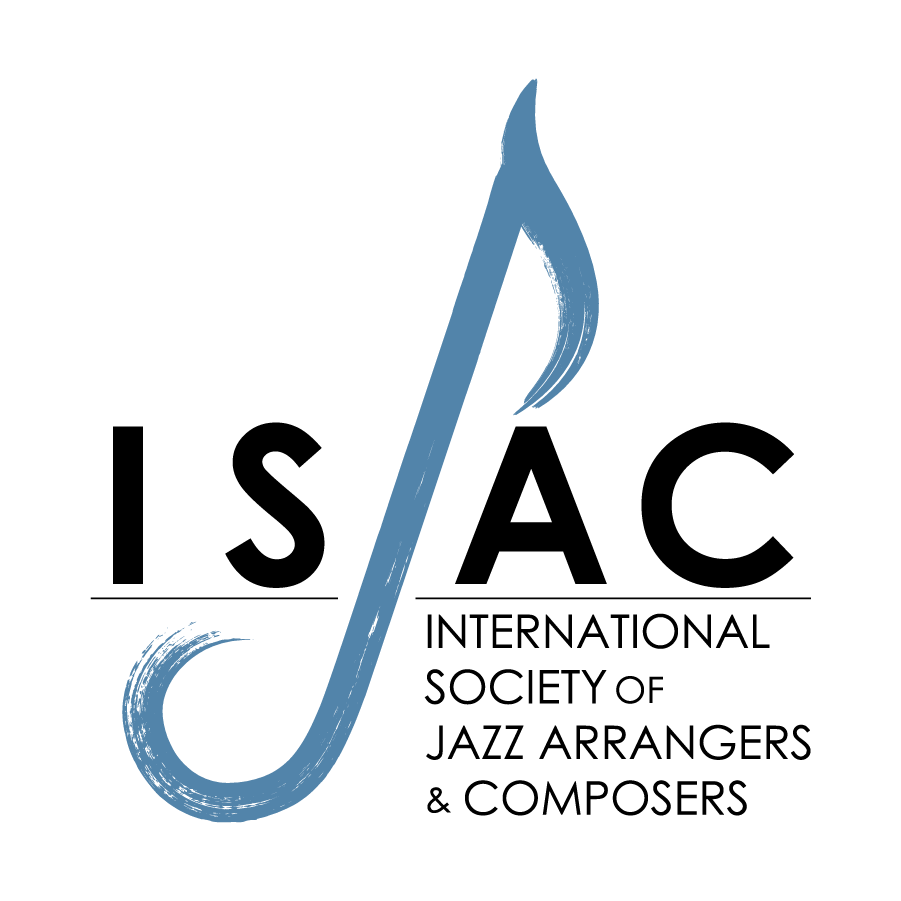John Yao talks about the emotional side of arranging your own music, balancing between character and change, and his latest project.



John Yao talks about the emotional side of arranging your own music, balancing between character and change, and his latest project.